Last weekend, Victorian Premier Jacinta Allan chose the wealthy suburb of Brighton to launch her plan to take planning control away from local councils in order to create 50 activity centres designated for 20-storey high-rise apartment towers.
These activity areas will also include other wealthy suburbs such as Armadale, Hawthorn, Glen Iris, Malvern, and Toorak.
Jacinta Allan chose Brighton because it was easy to paint its residents as entitled NIMBYs.
She chose to announce the plan last weekend because Melbourne’s councils are in caretaker mode while elections are held, meaning they are unable to voice opposition.
The Guardian celebrated that Premier Allan snagged Liberal NIMBYs ‘hook, line, and sinker’:
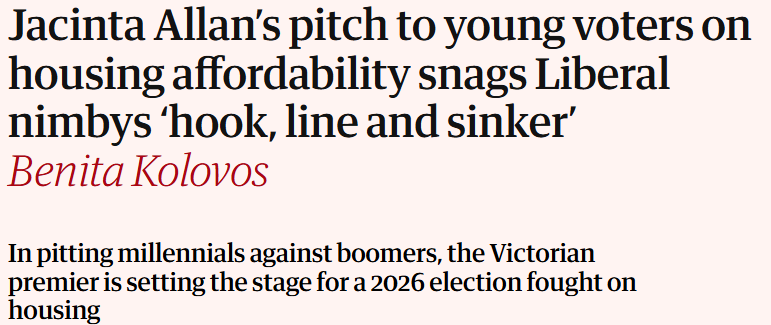
“A Victoria Labor MP told Guardian Australia: “We got the Liberals hook, line and sinker. They responded exactly as we expected them to”, the Guardian reported.
“She is trying to frame herself as the champion for young people in the housing debate, with the opposition and nimbys as the villains”.
“It’s a politically clever move given that millennial and gen Z voters, who now outnumber baby boomers on the electoral roll, continue to cite housing affordability as their top concern”.
The truth is that NIMBYs are being scapegoated for the housing crisis. Victoria’s housing policy debate should really be a debate about immigration levels.
Melbourne’s population was 3.5 million people in 2000, having taken a round 170 years to get there.
Melbourne’s population has since ballooned by an extraordinary 1.8 million (51%) this century to around 5.3 million people currently.
Under the official state government forecasts, Melbourne’s population will reach a whopping 9.0 million people in 2056, meaning that the city will have grown by 5.5 million people in only 56 years.
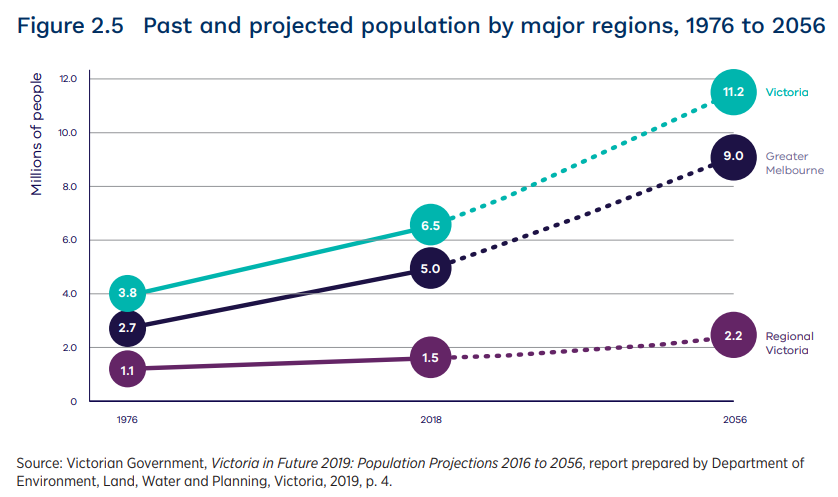
Such out-of-control population growth will necessarily transform Melbourne from a low-density city where most people lived in affordable detached houses with backyards into an expensive, crowded city where most residents live in shoebox apartments.
Is that the future that residents of Melbourne want? I certainly don’t.
The notion that plastering Melbourne with high-rise towers will improve housing affordable is also a pipe dream.
This week, property industry analysts Charter Keck Cramer warned that existing and new apartment prices will need to rise significantly to make it financially viable for developers to build the high-rise towers envisaged by Jacinta Allan.
“Because building costs have jumped by 30% to 40%, prices have to basically go up to be about 30% higher compared to pre-pandemic levels”, Charter Keck Cramer national executive director of research Richard Temlett said.
“The prices of established units need to recalibrate upwards by around 15% for new stock to be accepted by the market at current price points”, with the price discrepancy between new and established apartments considered a “major handbrake” for delivering new homes.
Similarly, property developer Max Shifman warned that new apartments cost a lot more to build or buy in Australia than an equivalent new townhouse or detached house.
“Construction costs have risen so much that developers now need to sell apartments at the rate of $14,000 per square metre or more for a project to be feasible – about 40% higher than selling rates before COVID”, Shifman wrote.
“This translates into a small new one-bedroom apartment of about $650,000, a two-bedroom apartment of 70 square metres at nearly $1 million, or a reasonably sized three-bedroom “family” apartment at about $1.5 million or more”.
The experience of Vancouver is a cautionary tale.
Vancouver took high-density living to the extreme, with disastrous outcomes for house prices and rental affordability.
As the notable Canadian urban designer, planner, and Professor Patrick Condon explained, Vancouver completely transformed by tripling its housing through high-density infill. Yet, housing affordability deteriorated.

“This giant surge of new housing supply did not lead to more affordable housing as we all hoped. Somehow, confoundingly, the reverse happened”, Condon wrote.
“During this period, Vancouver housing prices quadrupled, rising faster and further than in any other North American centre city”.
“Currently, Vancouver home prices are North America’s highest and the third-most expensive globally”.
“Vancouver-area wages have stayed stubbornly flat (inflation-adjusted) while housing prices (also inflation-adjusted) have climbed by 400%”, he said.
Vancouver was literally plastered with high-rise apartment towers:


However, Vancouver is ranked among the most unaffordable housing markets in the world when it comes to prices:
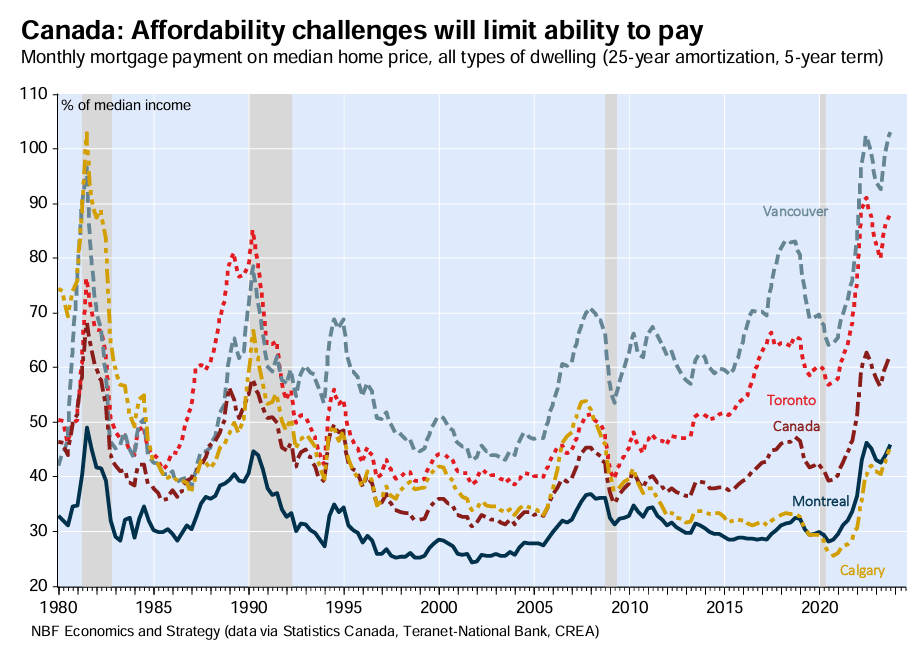
Vancouver also has the highest rents in Canada:
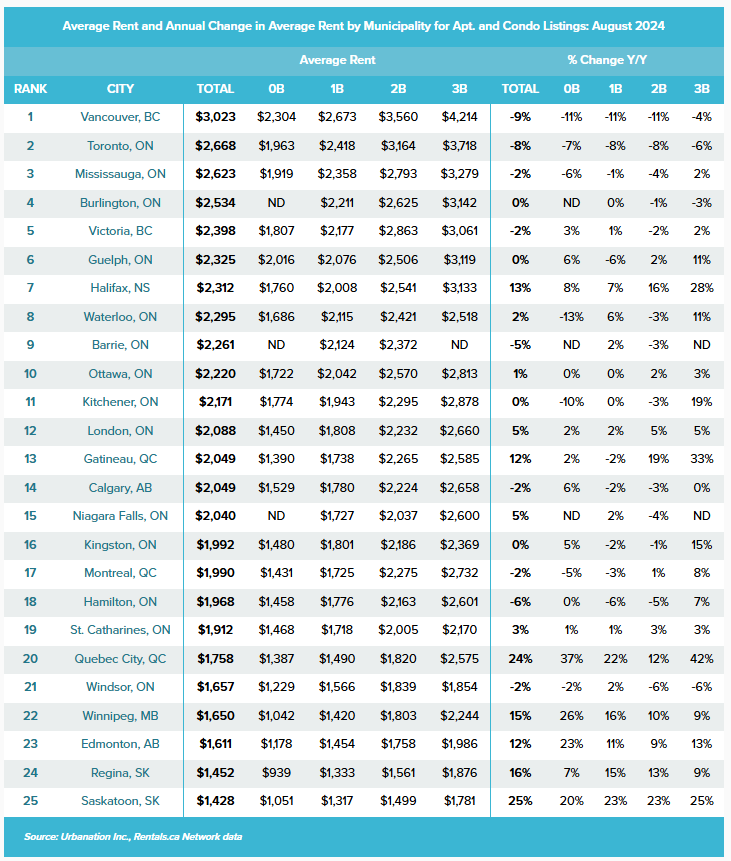
Vancouver, like Sydney and Melbourne, experienced a massive influx of net overseas migration and foreign buyers.
If housing affordability and liveability are the ultimate goals, don’t be like Vancouver.
Instead of plastering Australia’s major cities with high-rise shoe boxes, slash immigration to sensible historical levels of below 120,000 a year.
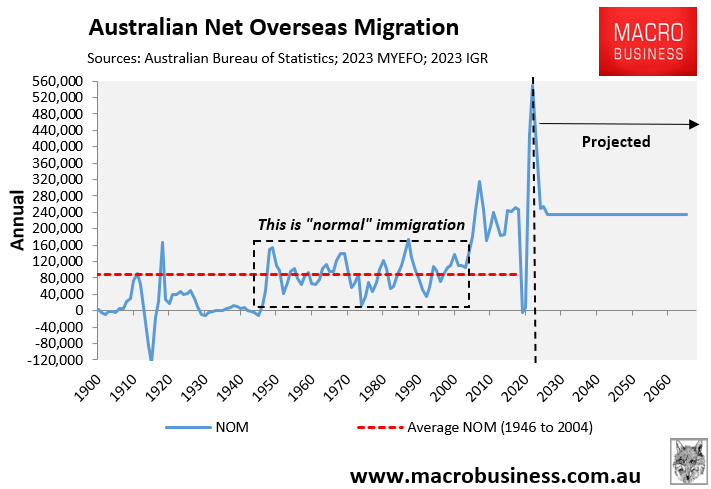
Excessive immigration is the real driver behind the housing crisis. NIMBYism is merely a distraction.

